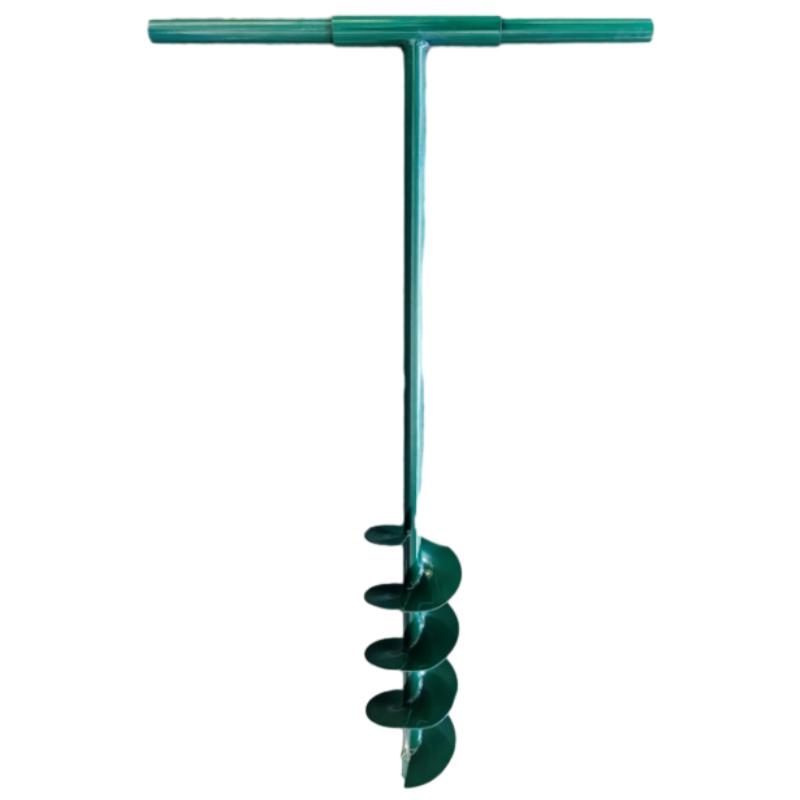-
leka uila:zhao@hyliec.cn
-
Tel:+86 311 85273988
-
WhatsAPP:8613931128750
-
 ʻApelika
ʻApelika -
 Alapania
Alapania -
 Amahapika
Amahapika -
 Apapika
Apapika -
 Ameniana
Ameniana -
 Azerbaijani
Azerbaijani -
 Pōkē
Pōkē -
 ʻŌlelo Belarusa
ʻŌlelo Belarusa -
 Penekali
Penekali -
 Ponia
Ponia -
 Pukalia
Pukalia -
 ʻŌlelo Katalonia
ʻŌlelo Katalonia -
 Cebuano
Cebuano -
 ʻŌlelo Kokia
ʻŌlelo Kokia -
 Koalia
Koalia -
 Keka
Keka -
 Kenemaka
Kenemaka -
 Hōlani
Hōlani -
 Pelekania
Pelekania -
 ʻŌlelo Esperanto
ʻŌlelo Esperanto -
 Ekekonia
Ekekonia -
 Pinilana
Pinilana -
 Palani
Palani -
 Frisian
Frisian -
 Kalikia
Kalikia -
 Keokia
Keokia -
 Alemania
Alemania -
 Helene
Helene -
 Kuhalaki
Kuhalaki -
 ʻŌlelo Haiki
ʻŌlelo Haiki -
 Hauka
Hauka -
 ʻŌlelo Hawaiʻi
ʻŌlelo Hawaiʻi -
 Hepela
Hepela -
 ʻAʻole
ʻAʻole -
 Miao
Miao -
 Hunakalia
Hunakalia -
 ʻĀinahau
ʻĀinahau -
 igbo
igbo -
 ʻInikonia
ʻInikonia -
 Ipelana
Ipelana -
 Ikalia
Ikalia -
 Kepanī
Kepanī -
 Kawanī
Kawanī -
 Kanākā
Kanākā -
 ʻŌlelo Kazaka
ʻŌlelo Kazaka -
 Khmer
Khmer -
 Rwandan
Rwandan -
 Kolea
Kolea -
 ʻŌlelo Kurdish
ʻŌlelo Kurdish -
 ʻŌlelo Kyrgyz
ʻŌlelo Kyrgyz -
 TB
TB -
 ʻŌlelo Lākni
ʻŌlelo Lākni -
 Lakiwiana
Lakiwiana -
 ʻŌlelo Lituania
ʻŌlelo Lituania -
 ʻŌlelo Lukemapuka
ʻŌlelo Lukemapuka -
 Makekoni
Makekoni -
 Malgashi
Malgashi -
 Mālei
Mālei -
 Mālealama
Mālealama -
 Malkī
Malkī -
 ʻŌlelo Māori
ʻŌlelo Māori -
 Malapi
Malapi -
 ʻŌlelo Monokolia
ʻŌlelo Monokolia -
 Maianamara
Maianamara -
 Nepali
Nepali -
 Nolewai
Nolewai -
 Nolewai
Nolewai -
 ʻOkitana
ʻOkitana -
 ʻŌlelo Pashto
ʻŌlelo Pashto -
 Pelekia
Pelekia -
 Pōlani
Pōlani -
 Pukikī
Pukikī -
 ʻŌlelo Punajabi
ʻŌlelo Punajabi -
 Lomānia
Lomānia -
 Lukia
Lukia -
 Sāmoa
Sāmoa -
 Gaelika Sekotia
Gaelika Sekotia -
 ʻŌlelo Serbia
ʻŌlelo Serbia -
 Pelekania
Pelekania -
 Shona
Shona -
 Kiniki
Kiniki -
 Sinhala
Sinhala -
 Kolowakia
Kolowakia -
 Kolewenia
Kolewenia -
 ʻŌlelo Somalia
ʻŌlelo Somalia -
 Kepania
Kepania -
 ʻōlelo Sunda
ʻōlelo Sunda -
 Kawahili
Kawahili -
 Kuekene
Kuekene -
 Kakalo
Kakalo -
 Tajika
Tajika -
 Kamili
Kamili -
 Tatar
Tatar -
 Keluku
Keluku -
 Kailani
Kailani -
 Tureke
Tureke -
 ʻŌlelo Kuleke
ʻŌlelo Kuleke -
 Ukrainian
Ukrainian -
 Urdu
Urdu -
 Uighur
Uighur -
 ʻUzbek
ʻUzbek -
 Vietnamese
Vietnamese -
 Welsh
Welsh -
 Kokua
Kokua -
 Yiddish
Yiddish -
 Yoruba
Yoruba -
 Zulu
Zulu
Tools For Fence
What Are Fence Pliers?
Fence pliers, also known as fencing pliers, are a specialized type of pliers designed for working with fencing materials. They are commonly used by farmers, ranchers, and fence installers for various tasks related to fence construction and maintenance. Fence pliers typically feature a combination of several functions in a single tool, making them versatile and practical for working with wire fencing.
What Tool Is Used To Line Up Fence Posts?
The tool commonly used to line up fence posts is called a string line or a mason's line. This tool consists of a length of strong, taut string that is stretched between two posts to create a straight and level guide for aligning additional posts. The string line is typically secured to the first and last posts using nails or stakes, ensuring that it remains taut and straight throughout the installation process. By using a string line, installers can ensure that the fence posts are positioned in a straight line and at a consistent height, resulting in a professional and visually appealing fence installation. Additionally, a line level can be attached to the string line to ensure that the posts are aligned vertically as well. This tool is essential for achieving a straight and uniform fence line, especially when working on larger fencing projects or when precision is required.


